Following on from our predictions for green construction in 2020, Dodge Data & Analytics just released the findings of a landmark study on prefab and modular construction. The Prefabrication and Modular Construction 2020 SmartMarket Report (download below) was published with the support of Bradley Corp., the Modular Building Institute, Pinnacle Infotech, MCAA and Skender and takes a close look at the drivers, obstacles and benefits of building with prefab and modular construction, based on insight from architects, engineers and contractors already using and benefitting from them.
The report shows that architects, engineers and contractors who have built prefab and modular projects plan to significantly increase their use across the USA & Canada, especially for healthcare facilities, hotels and motels, multifamily projects, schools, college buildings and dormitories. We at Ecohome see significant interest in the prefab LEED, Passive House and Zero Net Energy ready kit homes sector in Quebec, Ontario and North Eastern US States such as New York, Vermont, Maine or New Hampshire.
What is driving building professionals to prefab & modular construction methods?
Trends in the construction industry, such as shorter project schedules, sustainable construction practices and workforce shortages, are several drivers of wider use of prefab and modular kit buildings. This is driven by technology – such as building information modeling (BIM) assisted by carbon footprint modelling information tools – which is enabling increased adoption of prefabrication.
In order to better understand the main drivers and obstacles for using prefab and modular building and the benefits achieved, the study focused on the architects, engineers and contractors who are already using them.
When it comes to methods already in use, the study shows that:
- Prefabricating single-trade assemblies (such as plumbing assemblies behind the wall in hospital rooms) is widely practiced, with 62% of respondents using prefabricated single-trade assemblies in the last three years.
- 48% of those doing modular are using panelized modular components (such as wall or floor panels).
- Use of each of these methods is also expected to increase in the next three years, with the percentage of those leveraging them on 10% or more of their projects nearly 15 points higher than present use.
However, the most interesting growth is expected in practices less widely used now:
- Prefabricated multi-trade assemblies, which involve the work of several trades combined together (such as a corridor rack in a hospital) will be used by 58% of those doing prefabrication in general—up dramatically from the 33% using this approach now.
- Equally dramatic growth is seen among those doing modular construction in the use of full volumetric approach, in which entire parts of buildings (such as bathrooms or hotel and hospital rooms) are delivered preconstructed to site and assembled together. A striking 61% expect to employ that method for at least 10% of their projects in the next three years, up from just 44% of those doing modular construction who currently report using this method.
“It comes as no surprise to us that more developers and GCs plan to use modular construction over the next few years,” said Tom Hardiman, Executive Director of the Modular Building Institute. “The lack of adequate housing and the shortage of skilled labor, coupled with chronic cost and schedule overruns are leading more people towards this process.”
The main benefits of prefab & modular builds?
About 90% of builders report that they achieve improved productivity, improved quality and more accurate project scheduling when incorporating prefab & modular methods compared to traditional stick-built construction.
80% or more also report that they see improved cost predictability, reduced construction waste and increased client satisfaction.
Improved project scheduling, decreased construction costs and improved building quality are also the top motivation as discovered in the report for increasing the use of prefabrication and modular construction in the next three years.
“Dodge’s research clearly shows that prefabrication and modular construction are providing significant improvements and efficiencies, and charting a new course in our industry,” says Jon Dommisse, Director of Strategy and Corporate Development for Bradley Corp. “Throughout our almost 100 years, Bradley has kept a close eye on emerging trends that impact our business and customers. We appreciate the partnership with Dodge in helping us examine innovative opportunities to hone our business strategy.”
We believe prefab homes could very well be the solution to Canada's housing crisis. See this interesting Toronto housing project using modular construction, for a good example of prefab building.
Adoption of building information modeling (BIM) is accelerating prefab construction growth
The use of building information modeling (BIM) is also tied to the positive experience of these benefits, and to the growth of prefab and modular construction. Among those using BIM on the majority of their projects:
- 60% credit it with improving the schedule performance of their prefabricated or modular projects.
- 50% with improving budget performance.
“BIM improves the prefabrication and modular process by providing the means to accelerate the design early enough to take advantage of these approaches and then offering certainty during the entire process,” says Steve Jones, senior director of industry insights at Dodge Data and Analytics. “Having these tools helps enable the industry to invest more in the use of multi-trade assemblies and volumetric construction in particular, and may be contributing to the strong growth expected in these areas.”
The greatest growth in the use of prefabricated and modular construction methods is anticipated, by those questioned, to be in well established sectors, such as healthcare facilities, hotels and motels, multifamily and college buildings and dormitories. However, a sizable percentage also expect low-rise offices, K-12 schools, public buildings and commercial warehousing to experience a growing number of prefabricated or modular construction projects.
Ecohome's thoughts on prefab & modular construction in relation to sustainable buildings
As the homes and buildings that we live and work in are having a devastating impact on the planet, any methods that can be effective in significantly reducing their impact on climate change have to be fully explored. Considering that:
- Buildings are the #1 source of climate pollution— with 39% of global emissions.
- Their construction and ongoing maintenance generate the largest share of the waste going into landfills.
- With city populations doubling by 2050, our world cannot sustain the growing impact that is guaranteed if we continue to use the same building methods and waste the same amount of materials and energy.
We at Ecohome feel that prefabricated and modular construction of homes and buildings is not only beneficial for all the reasons contained within this report, but it also permits trained professionals to recognize and leverage the opportunities in innovative materials and techniques to build more efficient, more affordable, longer lasting, more comfortable and low toxicity homes and buildings which waste significantly fewer building materials and create less waste during construction.
It's for this reason that we are promoting awareness of the high-efficiency and LEED, Passive House and Zero Net Energy ready prefab and modular home kits for sale from the Ecohabitation organization in Quebec, including affordable prefab Rancher style eco homes here for the Abri range..
As one of our founders Mike Reynolds says in the Ecohome trailer video on our YouTube channel (see below or here)




















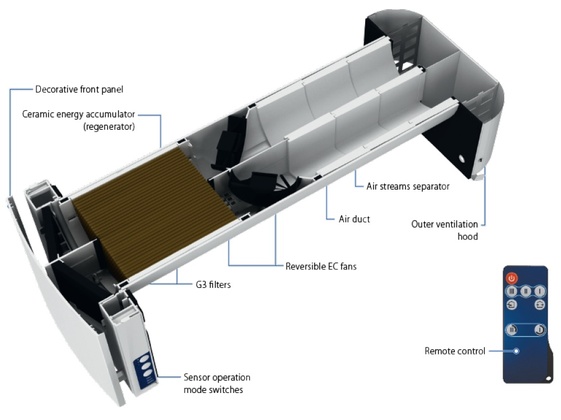


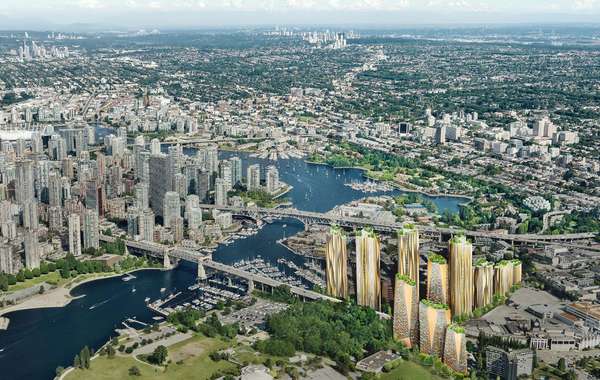

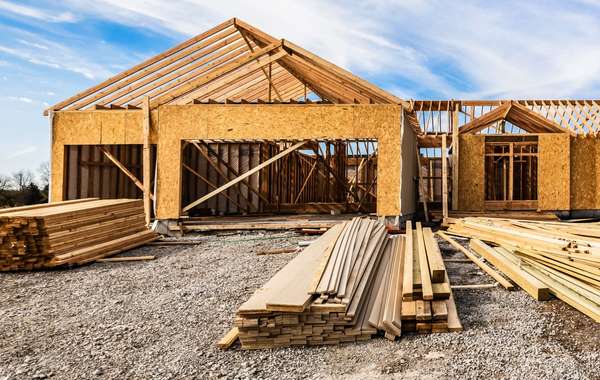
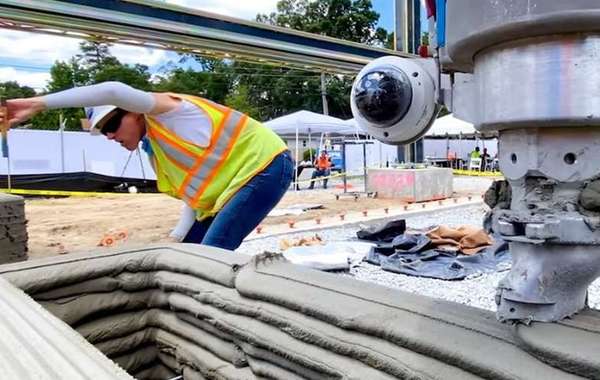



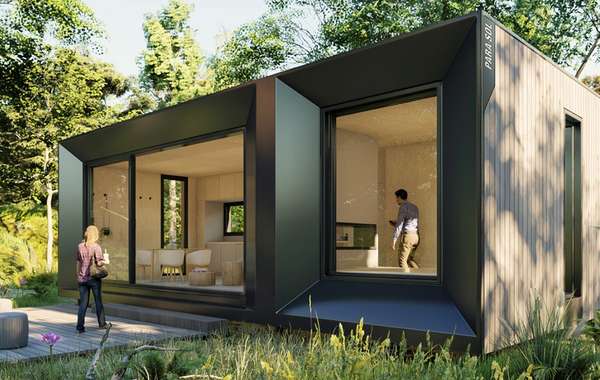
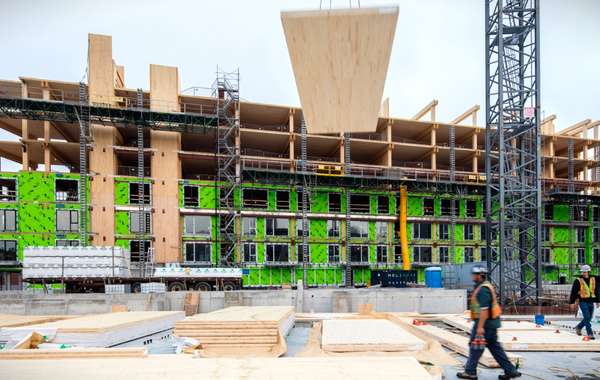
Comments (0)
Sign Up to Comment